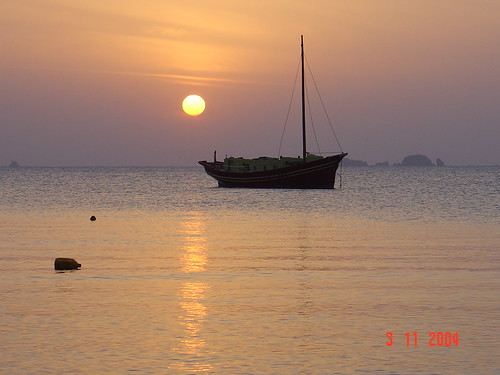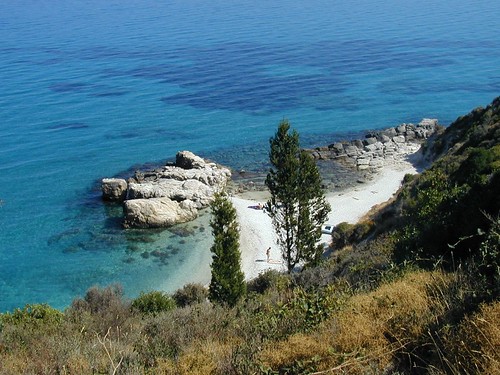Sunset Livadia Beach, Paros, Greece

Image by Eustaquio Santimano
Wildfires rage in Athens suburbs, causing property damage
Greek fire fighters work to extinguish a forest fire at a village a few miles northeast of Athens, Greece, July 17, 2010. (Xinhua/Marios Lolos)Firefighters on Saturday battled two wind-fueled wildfires in the suburbs of Athens that caused some property damage.
Read more on People’s Daily
Xingia Beach, Zakynthos, Greece.

Image by RobW_
Kavouri – Vouliagmeni Beach, Athens, Greece / Strand von Kavouri – Vouliagmeni, Athen, Griechenland Vouliagmeni (Greek: ΒουλιαγμÎνη, meaning “sunken”) is a seaside municipality 20 km south of Athens. Its population was 6442 at the 2001 census. It sits on the southwestern foot of the Hymettus mountain range, and its exact location is around 37.8°, or 37°48′N, and around 23.83° or 23°50′E. Vouliagmeni is bisected by a palm tree lined boulevard, Athinas Avenue, which arrives from Athens as Vouliagmenis Avenue, then runs parallel to the seashore and continues southwards. The area east of the main road is a rocky slope of a foothill of Mount Hymettus, and the bulk of the town is built there, along with the local elementary school, post office, banks and town hall. The western half, located between Athinas Avenue and the sea, is covered with pine trees and consists of two peninsulas, Megalo and Mikro Kavouri (“Big Crab” and “Little Crab”) that feature sandy and pebble beaches in between rocky shores, luxury hotels (including the Astir Palace Hotel occupying most of Mikro Kavouri), the local high school, the picturesque chapel of “St. George of the crab”, two marinas, an aquatic sports club (the “Nautical Club of Vouliagmeni”, see below), a sports club (football, basketball, volleyball, tennis) and upscale restaurants, taverns and cafeterias on the waterfront. The Mikro Kavouri is connected to the mainland with a narrow, sandy isthmus commonly referred to as “Laimos” (Lemós …